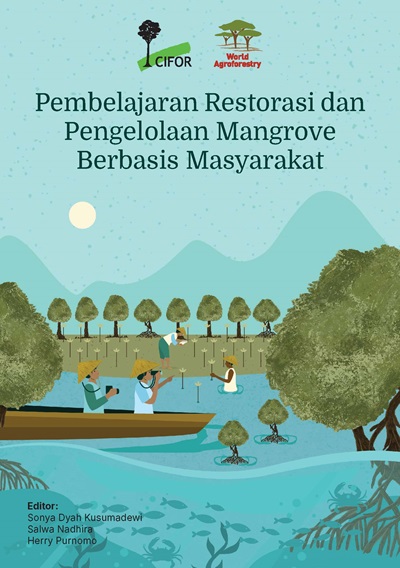Approximately 15% of global greenhouse gas emissions are from land use change, most of which is for deforestation to make way for agriculture. Around 75% of agricultural land is used for feeding animals rather than humans directly. One solution is to cultivate trees and perennials for livestock feed. Mangrove palms (Nypa fruticans), endemic in the Philippines and most of Southeast Asia, have the potential to be a game-changer in the swine industry. Their calorific yield per hectare is 400% higher than that of maize – the common energy source in swine. Tapping the sugar- rich sap of the palm and feeding it to pigs is an ancient practice that has been overlooked by researchers in the past in favor of industrial field crops. This paper outlines priority areas for research to help redress that imbalance and realize the full potential of the ‘climate-smart’ nipa palm.
DOI:
https://doi.org/10.47125/jesam/2016_sp1/07
Puntuación Altmetric:
Dimensiones Recuento de citas:



















